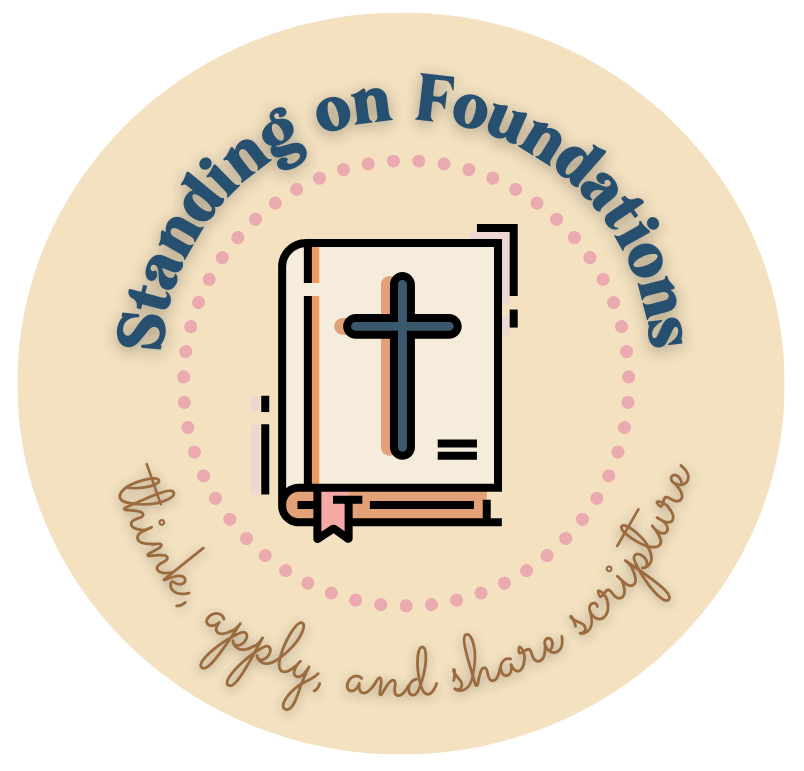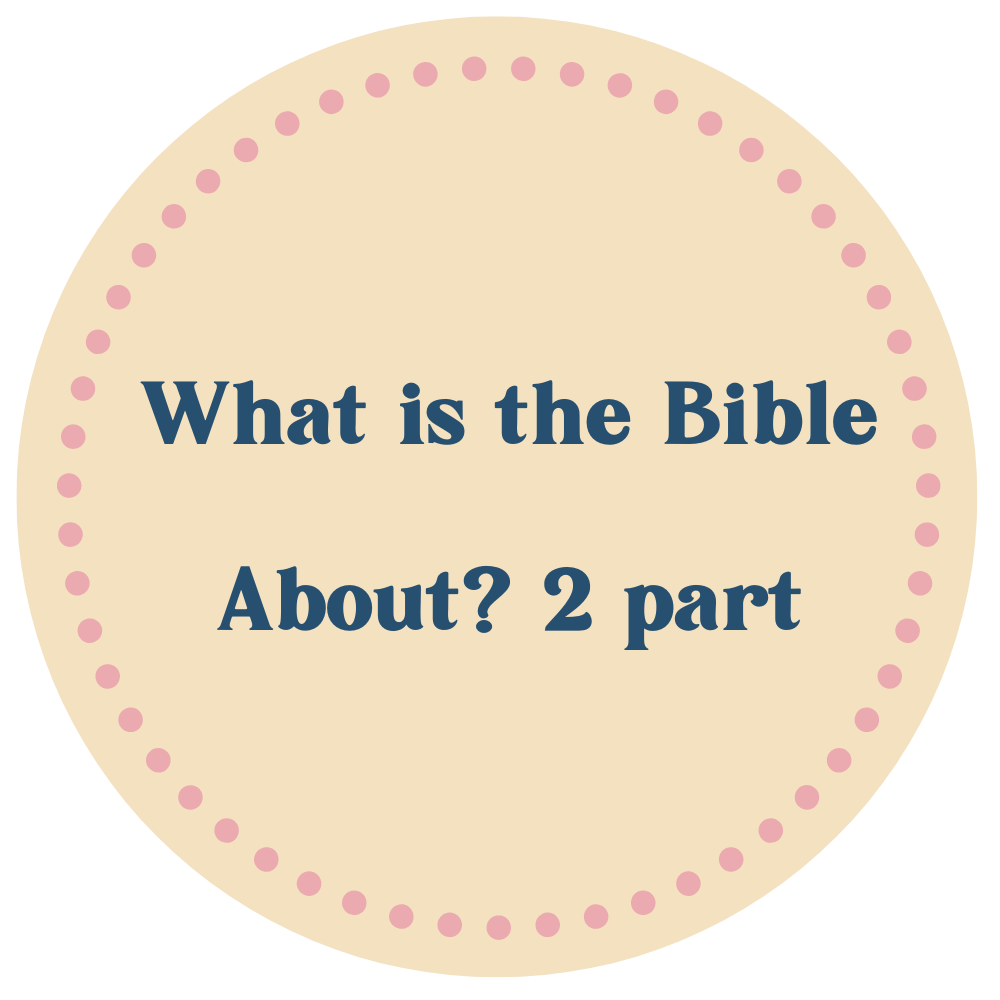Who is God?
Can building a puzzle help us understand the question: Who is God?

Today is December 30, 2022. Christmas has passed, and New Year’s is right around the corner. I enjoyed doing puzzles while growing up during this time of year. Sitting at the table or on the floor, a fire in the fireplace, warm PJs, and a hot cup of cocoa all seem to make a cozy time putting a winter wonderland scene together.
Were you like me when you dumped the box of puzzle pieces on the floor and immediately started looking for all the edges? Or were you someone who looked for colors that seemed to go together, without looking at the box cover, of course, and then tried to figure out their correct arrangement?
Both ways are fun and exciting, leading to completing a beautiful puzzle. A complete puzzle is how we should think of both “the edges,” The plan of God (also known as Biblical Theology), and the “color pieces,” Doctrine (also known as Systematic Theology).
In my blog “What is the Bible About?” Part 1 & Part 2: my goal was to provide you with “the edges” of God’s Story, or we could say the “framework,” so that you might understand and know how the “color pieces” fit into the plan of God. Systematic theology allows us to take a deeper and more detailed look at how God’s plan and the Bible’s doctrines work together to paint one complete picture. Just like our example of putting together a puzzle, we can do both separately, but we can’t do one without the other.
How can Biblical and Systematic Theology help us learn to think biblically about scripture?
An easy way to understand the difference between Biblical theology and Systematic Theology is this: Biblical Theology gives us the big picture of God’s Story (the plan of God through redemption in Jesus Christ for His people) or the Telescope view of Scripture. On the other hand, Systematic theology takes a microscope approach by taking separate doctrines and studying them in context to understand a particular topic.
For example, if we want to look for the plan of God in the book of Genesis, we would first observe the creation, the Fall, the promise of the gospel (Genesis 3:15), and God’s subsequence outworking of His promised gospel through Israel’s patriarchal history starting with Abraham and ending with Joseph.
Now, if we take the book of Genesis and seek to understand the doctrines of the Bible systematically, we would begin our focus by taking a topic (e.g., God or Who is God) and seeking to understand who God is and what He is like.
We can then put both the pieces together and understand who God is in His sovereignty over creation and how He allows His creation to make choices within the boundaries of His sovereignty (what God is like in His rule over creation.)
The Fall was both man’s choice and part of God’s sovereign and providential plan for the world. From the perspective of Biblical Theology, we see in Genesis that God had the plan to redeem the world before the world was created Ephesians 1:1-10. He did this by covering Adam and Eve with the first animal sacrifice that would foreshadow the ultimate sacrifice that Jesus would accomplish at the cross Genesis 3:15, 21.
When we look at the opposite side of the coin in Systematic Theology, we seek to understand who God is through His character; He is not only sovereign but gracious, merciful, long-suffering, wrathful, a judge, and a redeemer. Seeing both sides can help us understand questions like: If God is good, why is there evil? Why did God allow me to be born into that family or to have these struggles? When we look at God’s attributes and His promise of redemption in Genesis TOGETHER, we can find answers to questions that lead us to a fuller picture of who God is and how we might understand our lives through this understanding.
Building a foundation on the basics of the Christian faith gives us roots that allow our foundation to grow strong and secure even in the face of life’s most challenging questions.
Sister, I wish we could go out for coffee. What a joy it would be to walk you through the different aspects of who God is and the intricate details of His unfolding plan of redemption in the book of Genesis. My goal, though, is not just to tell you the answers but to lead you to seek answers independently. I want you to be confident to pick up your Bible, unafraid but excited to chase down God’s great truths.
Let’s discuss the doctrines that we will find most readily helpful in creating our framework for building our foundation on the basics of the Christian faith. The doctrines we will study are as follows: Theology Proper (the Doctrine of God the Father), Christology (The Doctrine of Christ), Pneumatology (The Doctrine of the Holy Spirit), Anthropology (The Doctrine of Man), Hamartiology (The Doctrine of Sin), and Soteriology (The Doctrine of Salvation).
The Doctrine of God. (Theology Proper)
The study of the doctrine of God begins first with His attributes. Attributes make up God’s character, telling us what He is like. God has communicable attributes (those that both He and man display), such as love, grace, and mercy, and incommunicable attributes (those that belong ONLY to Him), such as omniscient (all-knowing), omnipresent (everywhere present), and omnipotence (all-power).
Understanding God’s attributes brings us to the importance of understanding the doctrine of the Trinity: Father, Son, and Holy Spirit. They are one God in essence (attributes) and three distinct persons at the same time.
Next, Theology Proper helps us understand what God is like or how He operates in the world. One way we can see this is through the study of God’s Providence. The Providence of God is the study of understanding how God sovereignly rules over the world for His glory and our good.
Lastly, Theology Proper helps us understand how theophanies (an appearance of God in physical human characteristics) help us understand who God is and what He is like from a human perspective. An example of a theophany would be God’s appearance to Moses in the burning bush.
How does the doctrine of God apply to us?

You might be asking, “OK, but why should this all matter to me? I’m struggling with many areas of my life; I need a solution.” We often turn to the Bible looking for solutions to a particular problem or answers to our questions because we haven’t taken enough time to sit at Jesus’ feet so that we might know Him.
Remember our sisters Mary and Maratha in Luke 10:38-42? Martha’s main concern was a problem she had with her sister. Martha wanted a solution before settling and sitting at Jesus’s feet. Her solution was to ask Mary to leave the feet of Jesus and focus her attention on the needs of the household.
There is nothing wrong with taking care of everyday responsibilities; the question is, where is the focus of our hearts? Who or what is our priority? When do we stop our busy days to focus on the most important thing: knowing who God is and what He is like?
That was Jesus’s answer to Martha’s question: “Lord, do you not care that my sister has left me to serve alone? Tell her then to help me” (Luke 10:40, ESV). He responded to her by saying 41, “Martha, Martha,” the Lord answered, “You are worried and upset about many things, 42, but few things are needed—or indeed only one. Mary has chosen what is better and will not be taken away from her.”
Martha’s first step in understanding the answer to her question was understanding who God is. So, how about you, sister? Are you looking for answers? When was the last time you sat at Jesus’ feet?
The first thing we should do as we prepare to sit at Jesus’s feet is to understand who we are (the doctrine of Man) and what we are like.
Check out my FREE resources for more information on the Doctrine of Man. Click the picture below and fill out the form. You will be taken to a link that will allow you to access my archive. Go to the Bible Study series “Having a Biblical Worldview Among Confeits” Week 7&8. You will also get access to all my other Bible Study and workshops for FREE 🙂
Conclusion
Today, I introduced you to two essential parts of understanding God’s plan: biblical and Systematic Theology. If you think about both disciplines, the puzzle example comes into view. So often, when putting together a puzzle, we try our best to avoid looking at the box to challenge and excite ourselves the further along we get without looking. Not looking at the box can be fun and rewarding; the Bible is meant to be seen in the light of the big picture.
Biblical and Systematic Theology will guide us as we carefully and diligently study Scripture to understand questions like Who is God? Can I trust the Bible? Does the Bible have answers to my questions or concerns about life? This introduction to the doctrine of God (Theology Proper), like our brief look at the plan of God in the “What is the Bible About?” blogs, is the “framework” that we will use to fill in the “color pictures” of the glorious character of our God, who rules and reign providential on the earth.
As we move into the Doctrine of Man (Anthropology), let’s go to our Lord with humble and submissive hearts ready to receive, as Mary did, the glories of His grace.
Resources I recommend for understanding who God is.




